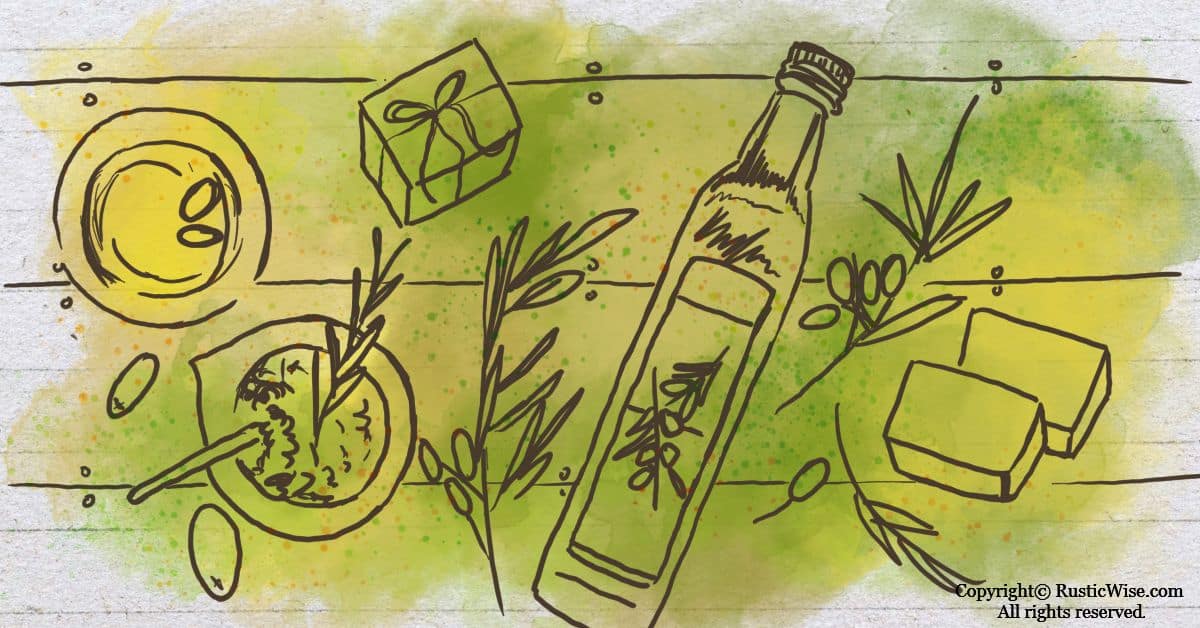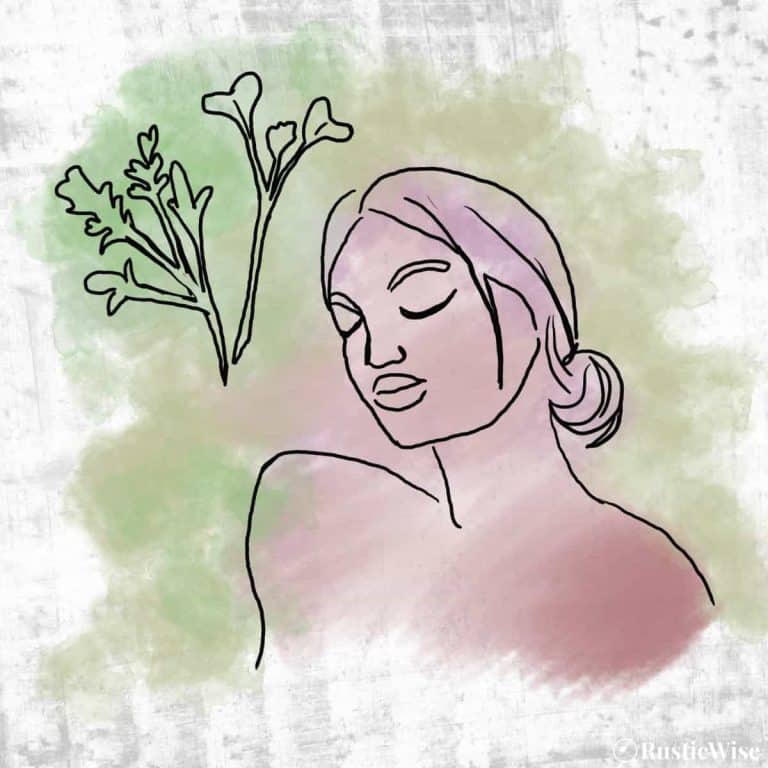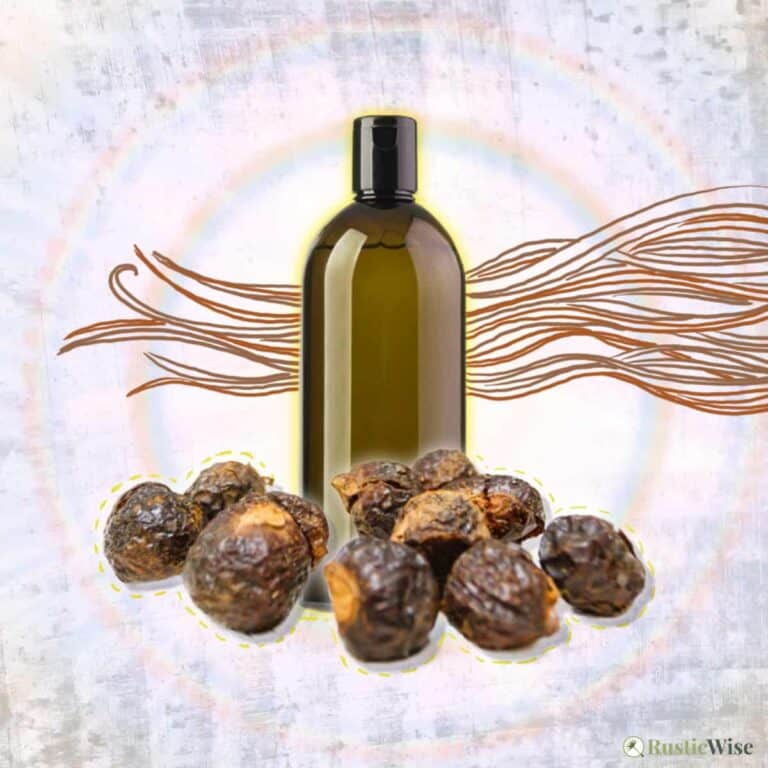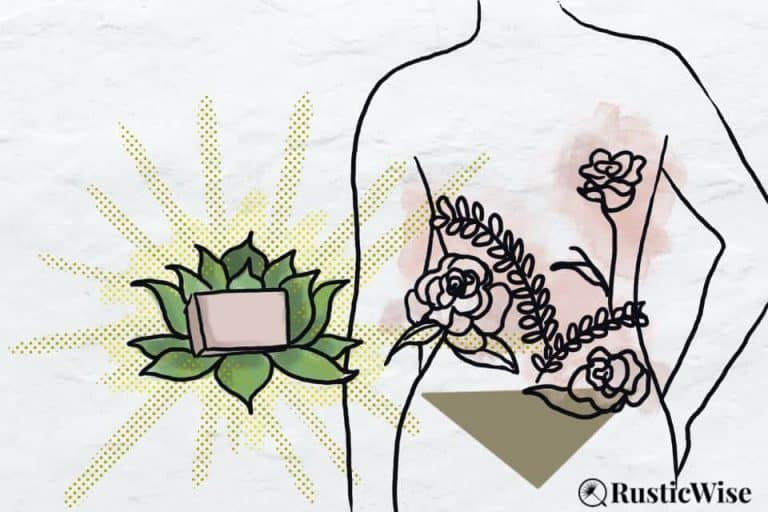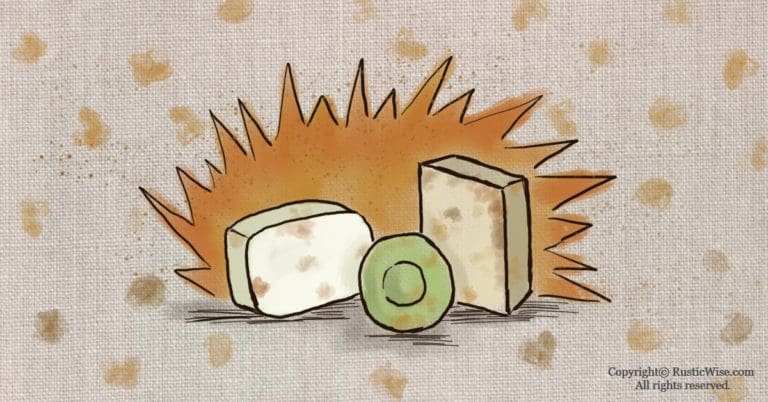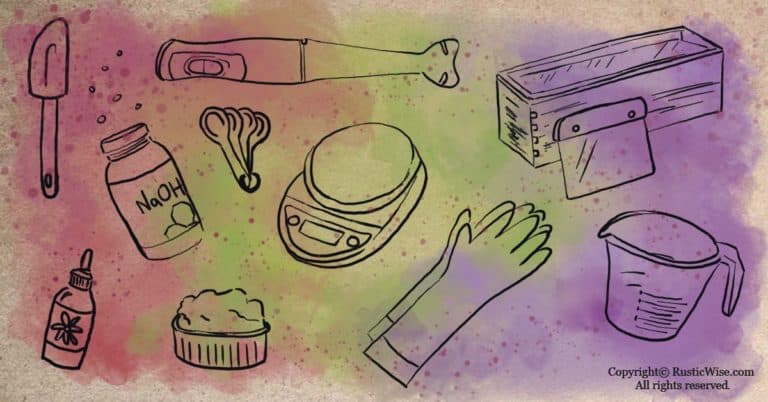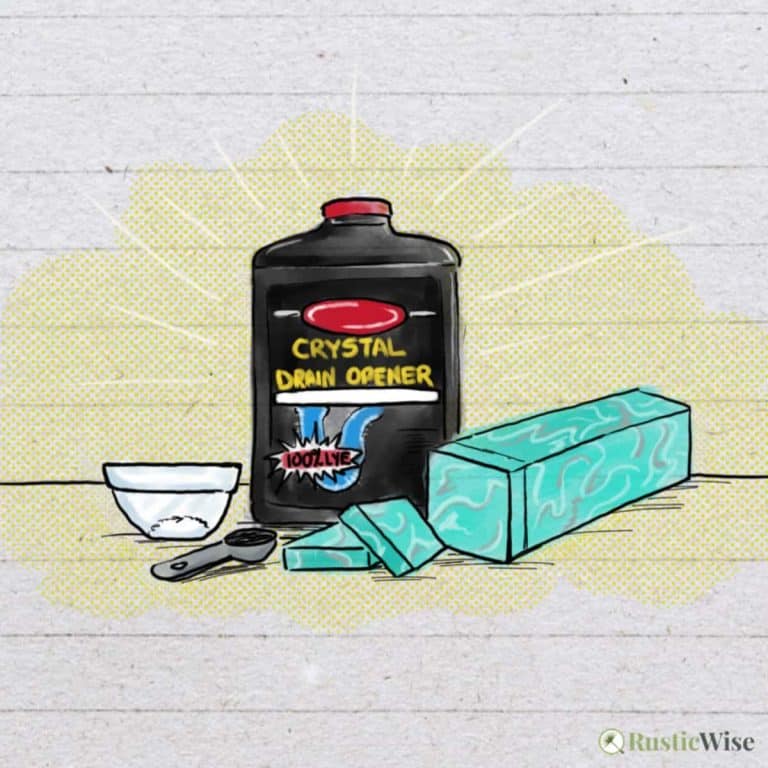DIY Olive Oil Nabulsi Soap Recipe
If you’re on the hunt for a bar of natural soap, look no further than Nabulsi soap. Originating in the city of Nablus along the northern West Bank of Palestine, Nabulsi soap is made of virgin olive oil from locally grown trees. While you can buy this soap online, we’ll share a nabulsi soap recipe for those wanting to make their own olive oil soap at home.
Using just three ingredients, olive oil, water, and lye, this handmade soap is perfect for anyone looking for a gentle, yet moisturizing bar of soap.
The rich history of Nabulsi soap
The making of Nabulsi soap is steeped in history. Long before the making of modern commercial soap, the women of Nablus made their own soap for use around the home since before the 10th century.
What started as homemade soap became a burgeoning industry around the 14th century. Nabulsi soap’s characteristic ivory color and fragrance-free formula was exported to countries in Europe and the Middle East.
In the 19th century, Nablus was soon supplying almost half of all soap to Palestine, and exporting its coveted soap to countries around the world. However by the mid-20th century, the industry was struck with natural disasters, and foreign military occupation. The area went from 42 soap factories to only three.
A central contributing factor to the industry’s struggles is the scarcity of local olive trees. As olive oil demand has gone up, there’s less and less land in which to grow olive trees.
However, even today, the industry is still alive and retains its tradition of artisan soap.
If you want to watch how traditional Nabulsi soap is made, check out this cool video taken at the Toukan Soap Factory. Soap is still made slowly by hand. It’s cured for several months by stacking individual bars of soap in cylindrical columns. Finally, it’s hand-wrapped in wax-lined paper.
What’s Nabulsi soap made of?
Okay, so now that we know a bit of history about Nabulsi soap, let’s look at a few of the defining characteristics.
A bar of traditional Nabulsi soap is:
- Made with virgin olive oil
- Fragrance-free
- A natural ivory color, free of dyes
- Made with a lye/sodium mixture using ashes of the barilla plant mixed with water and a locally-supplied lime compound.
So in all honesty, unless you have access to barilla ashes and lime, it’s difficult to make a truly authentic bar of Nabulsi soap.
BUT…we can still capture the essence of Nabulsi soap and make a pure bar of olive oil soap with only three ingredients. This is pretty close to the original!
And if you’re looking to make your own homemade lye out of hardwood ashes and water, check out our post, How To Make Lye for Soap the Old-Fashioned Way.
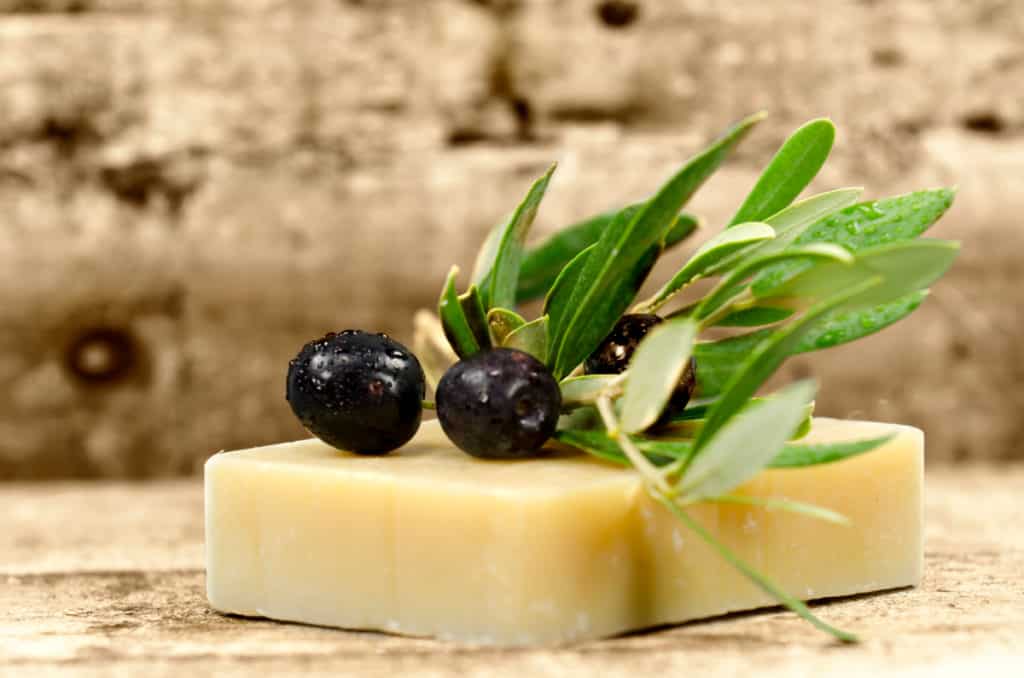
Benefits of olive oil soap
Olive oil has long been used as an ingredient in skin care, soap, and lotions. According to the International Olive Council, olive oil is rich in vitamins, polyphenols, and antioxidants. Here are a few benefits of using olive oil on your skin:
- Gentle skin moisturizer: Olive oil’s lipid structure is very similar to human skin making it a gentle skin moisturizer.
- Rich in vitamins: Vitamins A, D, E, and K. Vitamin E in particular acts as a protective agent against free radicals.
- Antioxidant properties: High in antioxidants, olive oil helps protect skin against UV-damage.
- Helps with skin conditions such as eczema and psoriasis: Its gentle moisturizing properties and vitamin-rich profile make it a good agent to help with dry skin.
- Acts as a protective barrier: The polyphenols in olive oil help to protect skin from natural elements including sun exposure and other outdoor elements.
- May support skincare for those with acne: As olive oil soap has gentle moisturizing properties and isn’t as greasy as many other types of cleansers, some find it helpful to soothe acne flare-ups.
Tip: If you’re planning on using olive oil soap on your face, make sure you test it out on a small patch of skin first. While generally deemed safe for most skin types, everyone’s skin reacts differently. And with all soaps, stay clear of the eye area.
Nabulsi soap recipe
We’ve scoured the internet for a natural olive oil soap recipe. We found a simple one on the Sierra Club website which we’ve adapted.
First of all, this Nabulsi soap recipe involves handling lye. As lye is a corrosive compound, please make sure you read up on lye safety, and wear the appropriate safety equipment including goggles, protective gloves, and a mask. Make sure you work in a well-ventilated room and ensure no kids or pets are around.
If you’re new to soapmaking, check out our post, Soap Making Supplies for Beginners: The Essential List.
A few notes about this soap:
- To cure olive oil soap, you’ll need a healthy dose of patience. Soaps made with pure olive oil take longer to harden and cure than your average soaps. While you may find your soaps cure in 4-6 weeks, it’s not unusual if your pure olive oil soap take several weeks longer. Your bar of soap might be slightly on the softer side.
- Traditional Nabulsi soap contains little to no fragrance. However, if you’d like to add an essential oil, do so at trace. Keep in mind that some essential oils may add color to your soap. Calculate the amount of essential oil you need using this fragrance calculator for cold process soap.
- While traditional Nabulsi soap uses virgin olive oil, you may choose to use a different grade of olive oil. Virgin olive oil is on the pricey end, but you get a purer product. It also takes longer to cure and creates a softer soap. Some soapmakers prefer to use Pomace olive oil which is less expensive and a lower-grade of olive oil. On the plus side, Pomace makes a harder bar of soap if that’s what you like.
Yield: You’ll make eight 3½-ounce bars
Ingredients you’ll need:
- Olive oil – 567 grams
- Lye mixture:
- Sodium hydroxide (lye) – 73 grams
- Distilled water – 215 grams
Supplies you’ll need:
- Immersion mixer
- Measuring scale
- Thermometer
- Rubber spatula
- Heat-safe glass measuring cup
- Loaf mold
- Rubbing alcohol (isopropyl alcohol) in a spray bottle
- Plastic wrap
- Large stainless steel pot
- Heat-safe plastic pitcher or bowl for heating olive oil (it should say #5 or #2 on the bottom)
- Plastic pitcher or bowl for mixing lye (it should say #5 or #2 on the bottom)
- Safety equipment (goggles, gloves, and mask)
- Measure out olive oil into your heat-safe pitcher or bowl. Place the container of olive oil into a larger pot. Fill the pot with hot tap water until the container starts to float. Turn on the stove to medium heat. (You’re essentially creating a water bath, or a double boiler to heat the oil. If you have a double boiler you can definitely use this to heat the olive oil.)
- Put on your safety equipment. We’ll be handling lye next!
- Measure water into a heat-safe plastic pitcher. Measure out your lye flakes/pellets into a separate small container. Always add the lye to the water, not the other way around! Slowly add the lye flakes to the water using your rubber spatula to stir. Be careful as this lye mixture gets very hot!
- Monitor the temperatures of both the olive oil and the lye mixture with a thermometer. The olive oil is heating up while the lye mixture is cooling down. You want both to reach 110 degrees Fahrenheit (43 degrees Celsius). If needed, add more hot water to the pot containing olive oil.
- When both the olive oil and lye mixture are 110 degrees Fahrenheit (43 degrees Celsius), remove the olive oil container from the stovetop. Pour the lye mixture into the olive oil.
- Use your immersion blender to mix until it has the consistency of thick gravy, or has reached medium trace.
- Pour into a chilled mold and place in the fridge uncovered for 30 minutes. Remove from the fridge and lightly spray the tops of the soap with rubbing alcohol. Using plastic wrap, cover loosely and refrigerate overnight.
- Remove the soap from the fridge and allow it to sit at room temperature for roughly two days, or until the soap begins to pull away from sides of the mold. Be patient—this step may take many days or weeks as olive oil soap takes longer to harden.
- Unmold the soap, cut into bars, and place in a curing area. Allow your olive oil soap to cure for 4-6 weeks minimum. The longer you allow the soap to cure, the better the lather becomes. Remember that traditional Nabulsi soap cures for several months to a year!
Traditional Nabulsi soap is wrapped in wax-lined paper. Your bar of natural soap should have roughly the same shelf life as your olive oil. Most olive oils are good for up to two years.
Other types of olive oil soaps
You may have heard of another popular soap known for its mild properties—Castile soap. Named after the region of Castile, Spain, Castile soap is a gentle, vegetable-oil based soap originally made from olive oil. Nowadays, there are many companies that make Castile soap made with a blend of olive oil and other vegetable-based oils such as coconut oil.
Aleppo soap hails from Aleppo, Syria. It, too, is a natural soap made of olive oil. The distinguishing feature of Aleppo soap is its addition of laurel oil. Laurel oil comes from the bay laurel tree, the same one we harvest bay leaves from.

Author: Theresa Tesolin
Theresa is co-founder of RusticWise. She helps people unleash their inner DIY spirit by encouraging them to get dirty and make or grow something from scratch.

